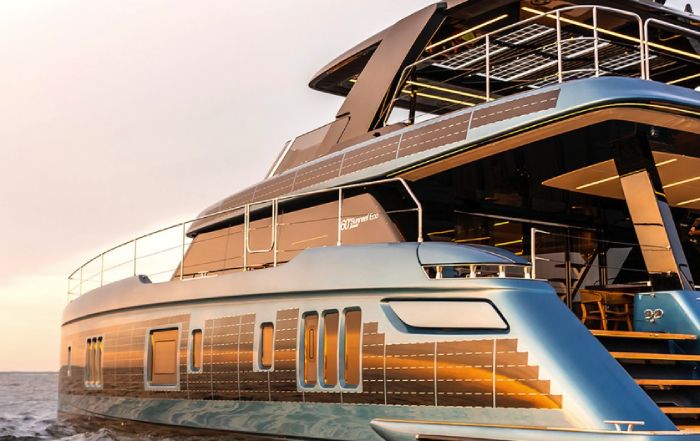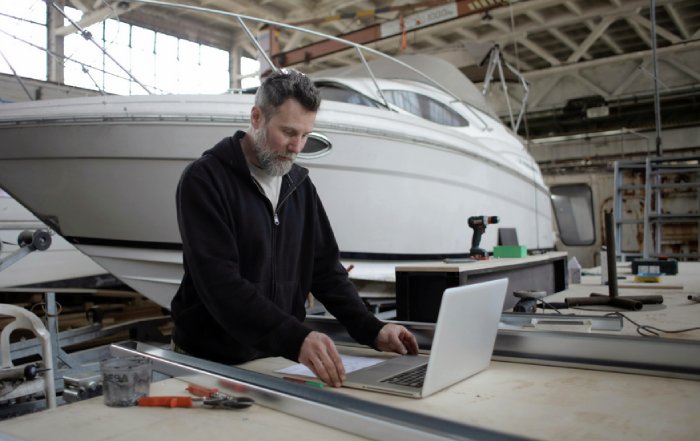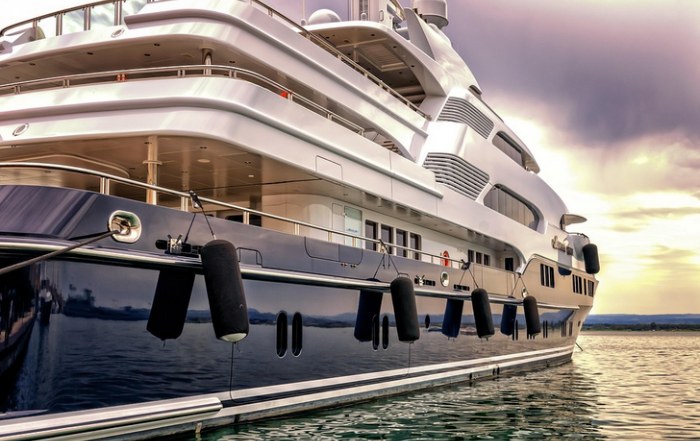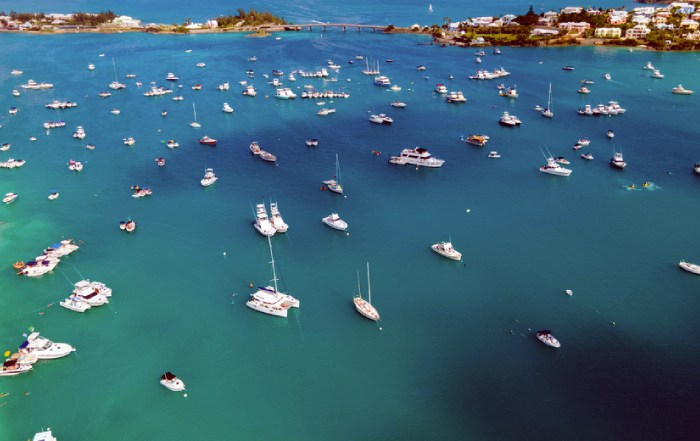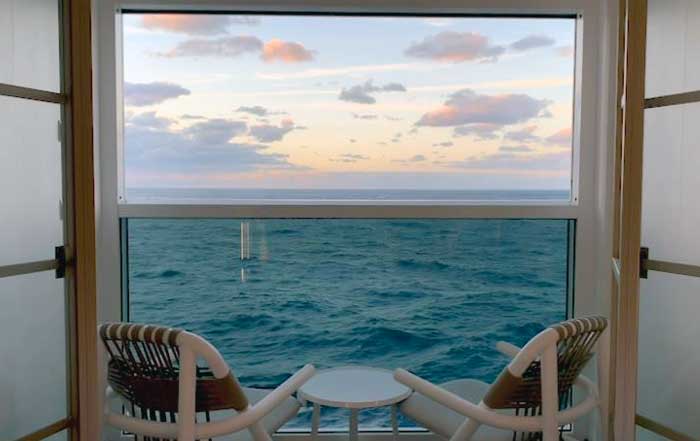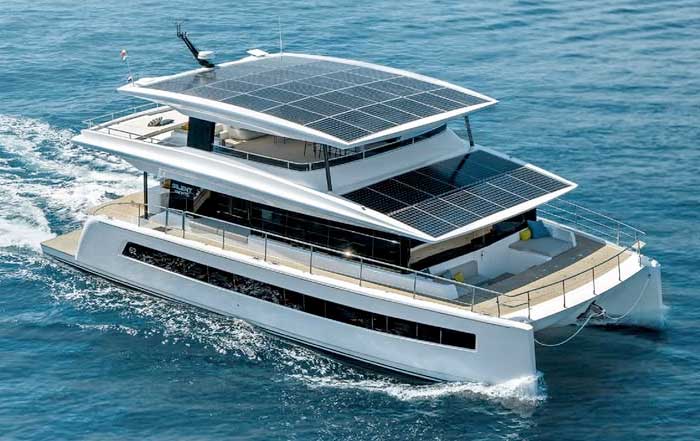In the rapidly evolving world of luxury travel, the concept of global yacht expeditions has transformed from an elite pastime into a sophisticated expression of freedom, sustainability, and innovation. What was once confined to the leisure of tranquil coastlines has now expanded into ambitious worldwide voyages, fueled by cutting-edge maritime technology and an increasing desire for authentic exploration. As 2025 unfolds, the yachting community stands at the precipice of a new maritime age—one where the boundaries between adventure and comfort blur into a seamless journey across the world’s oceans.
Over the past decade, the yacht industry has matured into a confluence of artistry, science, and sustainability. Builders, designers, and expedition leaders alike have recognized the growing demand for long-range vessels capable of navigating polar regions, remote archipelagos, and emerging maritime destinations. The rise of expedition yachts—crafted to endure extreme conditions while preserving refined luxury—embodies the industry’s evolution. Publications such as Yacht Review have chronicled this transformation, offering discerning readers exclusive insights into design excellence, global cruising trends, and the business forces shaping the modern seascape. Explore in-depth reviews of the latest models that are redefining expectations across oceans.
The Modern Explorer’s Mindset
Unlike traditional luxury charters, global yacht expeditions represent a philosophical shift in how travelers engage with the sea. The modern explorer no longer seeks mere relaxation but rather a deeper connection with the planet’s most remote and untouched environments. Whether crossing the Drake Passage toward Antarctica or navigating the Northwest Passage during the brief Arctic summer, today’s voyagers embody a spirit of purposeful discovery. The yachts that enable these experiences are not simply vessels; they are self-sustaining ecosystems designed to operate independently for weeks or even months at a time.
According to leading naval architects, advances in hull design, propulsion systems, and hybrid technologies have expanded operational ranges while reducing environmental impact. This balance between exploration and responsibility has become the defining feature of the new generation of expedition yachts. As Feadship, Lürssen, and Damen Yachting continue to push the boundaries of design, the conversation increasingly turns toward innovation that harmonizes with nature. Discover more about contemporary yacht design and engineering philosophies that prioritize both aesthetics and environmental performance.
Innovation on the High Seas
The transformation of the global yacht expedition landscape owes much to technological innovation. The development of hybrid-electric propulsion systems, advanced hull coatings, and integrated navigation suites has empowered vessels to travel farther, faster, and cleaner. Companies such as Siemens Energy and ABB Marine & Ports have spearheaded the movement toward electrified maritime propulsion, setting new standards for efficiency and sustainability in a traditionally carbon-intensive industry. The emergence of hydrogen fuel cells and alternative energy sources—long considered experimental—has now entered practical application, marking a historic transition toward zero-emission yachting.
Simultaneously, digital technologies have redefined onboard experiences. Artificial intelligence now assists with route optimization, weather prediction, and energy management, allowing captains and crews to make informed decisions in real time. Guests benefit from seamless connectivity, personalized entertainment systems, and augmented-reality exploration tools that enrich their understanding of destinations. As reported by Forbes and Bloomberg, the integration of advanced data analytics into maritime operations represents one of the most significant leaps in the sector’s history. Learn more about emerging technologies in luxury yachting shaping this digital transformation.
🌊 The Evolution of Global Yacht Expeditions
A journey through innovation, sustainability, and exploration from traditional luxury to purpose-driven maritime adventure
Traditional Luxury Era
Yacht expeditions confined to leisure cruising in the Mediterranean and Caribbean. Focus primarily on comfort and status with limited range capabilities.
Technology Integration
Introduction of advanced hull designs and hybrid propulsion systems. Expedition yachts emerge as a distinct category capable of reaching polar regions and remote archipelagos.
Sustainability Revolution
Green technology becomes central to yacht design. Hydrogen fuel cells, solar grids, and bio-based materials dramatically reduce environmental footprints. Leading shipyards compete on ecological innovation.
AI & Digital Transformation
Artificial intelligence revolutionizes navigation, route optimization, and energy management. Digital twins and computational design enable unprecedented performance optimization and safety.
Purpose-Driven Exploration
Modern expeditions blend luxury with environmental stewardship and cultural diplomacy. Yachts serve as research platforms, conservation tools, and bridges between global communities.
Autonomous Maritime Future
Vision for fully integrated sustainable ecosystems with autonomous capabilities, renewable energy generation, and minimal environmental impact. Yachts as global nodes in interconnected exploration networks.
Sustainability as the Compass of Modern Exploration
As the maritime industry navigates through the tides of change, sustainability has emerged as the defining compass guiding every major innovation. The new generation of global yacht expeditions transcends luxury and leisure to embrace a higher purpose: environmental stewardship. In 2025, the world’s leading shipyards and owners recognize that exploration without preservation is no longer viable. The yachting community has evolved into a vanguard for sustainable marine operations, blending cutting-edge technology with eco-conscious practices that aim to protect the very oceans upon which they thrive.
The introduction of hybrid propulsion systems, solar-assisted energy grids, and bio-based hull materials has dramatically altered the environmental footprint of long-range vessels. Oceanco, Benetti, and Sanlorenzo—once celebrated solely for their craftsmanship—now compete on the grounds of ecological innovation. Hydrogen-based propulsion, pioneered by Lateral Naval Architects, represents the pinnacle of this green revolution, offering silent cruising and zero-emission performance. Owners now request energy-efficient systems not merely as a compliance measure but as a reflection of ethical responsibility toward the marine world. Read more about sustainability in yachting and how leading brands are aligning with the goals of the Paris Agreement.
This transformation extends beyond engineering. Sustainable expedition planning increasingly integrates local conservation initiatives and cultural collaborations. Yacht operators partner with marine biologists, oceanographers, and indigenous communities to ensure that exploration enriches both travelers and the destinations themselves. Programs supported by organizations like the Ocean Conservation Trust and Sea Legacy underscore the growing intersection between adventure and advocacy. Learn more about how global marine protection frameworks continue to shape yachting practices through resources available on the United Nations Environment Programme.
The Expanding Map of Global Exploration
The geography of yachting is changing faster than ever before. Once concentrated around the Mediterranean and the Caribbean, modern expeditions now trace the contours of the world’s remotest waters. Polar cruising, once the domain of scientific vessels, has entered the luxury mainstream. Destinations such as Greenland’s fjords, the Galápagos Islands, and the Kimberley Coast of Western Australia have become new icons of maritime adventure. The Arctic Circle, with its ephemeral beauty and fleeting navigation windows, attracts those who seek both serenity and the thrill of frontier exploration.
Yacht captains and expedition planners have adapted to these shifting routes by embracing modular design and flexible navigation systems. Ice-class hulls and dynamic positioning technologies enable safe access to delicate environments where anchoring could cause ecological harm. The inclusion of onboard laboratories, submersibles, and unmanned drones allows travelers to engage with destinations in ways that were once unimaginable. Discover more about cruising innovations and destinations that are redefining global exploration.
In regions such as Southeast Asia and the South Pacific, yacht expeditions have become cultural bridges, fostering exchanges between travelers and remote island communities. In Indonesia’s Raja Ampat or French Polynesia’s Tuamotus, owners increasingly collaborate with local governments to develop sustainable tourism frameworks. The rise of private expedition fleets by companies like Pelorus and EYOS Expeditions has introduced bespoke itineraries that combine adventure with environmental sensitivity. To learn more about the growing trend of experiential luxury travel, readers may explore insights from National Geographic Travel.
Business Horizons in the Expedition Sector
Beneath the romanticism of exploration lies an evolving economic frontier. The business of global yacht expeditions represents one of the fastest-growing segments in the luxury travel and marine industries. Market analysts project continued expansion through 2030, driven by a combination of technological advancement, generational wealth transfer, and the rise of sustainable investment portfolios. Ultra-high-net-worth individuals are increasingly viewing yachts as mobile investment assets—part research vessel, part family retreat, and part global platform for philanthropy.
The emergence of expedition-focused brands such as Damen SeaXplorer, Lürssen’s Project Icecap, and Rosetti Superyachts underscores this commercial momentum. Shipyards now collaborate with venture capital firms, green energy developers, and data-analytics providers to create integrated expedition ecosystems. Insurance, financing, and legal frameworks have evolved accordingly, adapting to the complexities of transnational maritime operations. Explore how business strategies in yachting are evolving to accommodate these sophisticated global endeavors.
Furthermore, yacht ownership models are undergoing transformation. Co-ownership and fractional ownership programs, supported by digital platforms and blockchain verification, are democratizing access to ultra-luxury experiences. The ability to manage assets remotely through AI-driven maintenance and navigation systems has reduced logistical barriers, inviting a younger demographic of tech-savvy investors. To understand how digital transformation influences global asset management, readers may consult resources from Harvard Business Review.
The Evolution of Design: Crafting Yachts for the New Frontier
The aesthetic and functional transformation of modern yachts has reached an apex where design serves not only as an emblem of prestige but as a vessel of purpose. The expedition yacht of 2025 reflects a symphony of form and function—melding artistic vision with pragmatic engineering. Whereas traditional superyachts prioritized visual grandeur and comfort, the latest generation emphasizes endurance, autonomy, and sustainability without compromising elegance. Designers now approach their craft as an architectural dialogue between technology and nature, creating vessels that embody resilience, efficiency, and timeless beauty.
Leading design studios such as Espen Øino International, Winch Design, and Bannenberg & Rowell have redefined the aesthetic of expedition vessels. Their creations balance contemporary minimalism with intricate craftsmanship, employing materials sourced through responsible supply chains. Glass-integrated hulls and panoramic observation lounges invite guests to experience the ocean as an immersive, living canvas. Interior layouts emphasize multifunctional spaces—lounges that convert into research rooms, wellness decks that transform into observation stations, and hybrid work-study areas that reflect the changing nature of modern travel. Discover more about the artistry and science of yacht design that continue to inspire the future of global exploration.
Technological integration further propels this evolution. Naval architects are increasingly utilizing computational fluid dynamics (CFD) simulations, augmented reality modeling, and digital twins to optimize performance and sustainability from the earliest design phases. The synergy between aesthetics and performance ensures that vessels are not merely visually stunning but also hydrodynamically efficient and ecologically sensitive. As Studio FA Porsche and Zaha Hadid Architects venture into maritime design collaborations, the boundaries between architecture and yachting continue to dissolve, resulting in a new lexicon of seaborne artistry.
Cultural Dimensions of Global Exploration
Beyond the technological triumphs and architectural mastery, global yacht expeditions are cultivating a cultural renaissance on the water. Each voyage becomes a tapestry of encounters—between travelers and local communities, between modern innovation and ancient maritime heritage. This convergence has given rise to a new understanding of cultural diplomacy at sea, one that transcends political borders and promotes global dialogue through shared experiences.
Expeditions to regions such as the Arctic and the South Pacific now incorporate curated cultural exchanges. Guests participate in local traditions, conservation efforts, and historical explorations that deepen their awareness of humanity’s maritime legacy. For instance, collaborations with communities in Greenland and Papua New Guinea have led to mutually beneficial initiatives that support cultural preservation and environmental education. These interactions highlight the evolving role of yachts as ambassadors of cross-cultural respect. Read more about the history of maritime exploration and its modern reinterpretation within today’s luxury sector.
Cultural engagement is also redefining the social narrative of yacht ownership. No longer confined to exclusivity, yachting has become a platform for philanthropy, education, and collaboration. Organizations such as the Blue Marine Foundation and YachtAid Global champion projects that bridge luxury travel with humanitarian and ecological missions. From delivering medical supplies to remote islands to funding coral reef restoration, the global yachting community is reshaping its identity around purpose-driven exploration. To gain deeper insight into these philanthropic initiatives, readers can explore resources provided by The Ocean Foundation.
The Future of Global Yacht Expeditions
As the yachting industry sails into the second half of the 2020s, it stands poised to redefine what maritime exploration means in the modern age. The convergence of artificial intelligence, renewable energy, and human curiosity is forging an era where boundaries between technology, environment, and adventure dissolve into a unified vision of progress. Yachts of the future will not simply travel across oceans—they will generate their own clean energy, map uncharted marine ecosystems, and serve as autonomous nodes in an interconnected global network of sustainable exploration.
The rise of AI-assisted navigation systems and predictive analytics will revolutionize route optimization and weather forecasting. These technologies, combined with satellite-based global observation networks, will allow captains to traverse unpredictable seas with unprecedented safety and efficiency. Additionally, innovations in sustainable materials—ranging from graphene-infused composites to biodegradable interiors—will ensure that tomorrow’s vessels leave minimal environmental footprints. Explore how emerging technologies continue to shape modern yachting and the next generation of seafaring innovation.
Equally significant is the sociocultural dimension of future expeditions. Younger yacht owners, many of whom are digital entrepreneurs and impact investors, are steering the industry toward purpose-driven exploration. The focus has shifted from possession to participation, from static luxury to dynamic experience. Expeditions are increasingly curated around scientific research, ecological preservation, and immersive education, aligning personal fulfillment with collective responsibility. This evolution parallels broader global movements in sustainable business and experiential tourism. To further understand these changing economic paradigms, readers may refer to World Economic Forum’s insights on sustainability and travel.
A Global Legacy on the Horizon
Yacht expeditions in the contemporary era signify more than adventure—they represent the synthesis of innovation, responsibility, and vision. They are a reflection of humanity’s enduring desire to explore, adapt, and preserve. As shipyards refine their technologies and explorers embrace the ethics of sustainability, a new global maritime identity is being forged—one that celebrates both luxury and legacy.
In the coming years, yacht expeditions will continue to bridge science and society, art and engineering, comfort and conscience. They will connect remote corners of the Earth with unprecedented intimacy, transforming each voyage into a story of discovery and connection. Publications such as Yacht Review will remain at the forefront of this narrative, chronicling the evolution of yachting from indulgence to enlightenment. Stay informed with the latest news and insights on maritime innovation as the world continues to witness this transformation.
For those drawn to the call of the sea, the new era of global yacht expeditions offers not just a journey across the world’s oceans but a profound voyage within. It is a reminder that exploration, when guided by integrity and imagination, has the power to unite humanity with the planet it calls home. Plan your next voyage and explore destinations shaping the future of travel.


